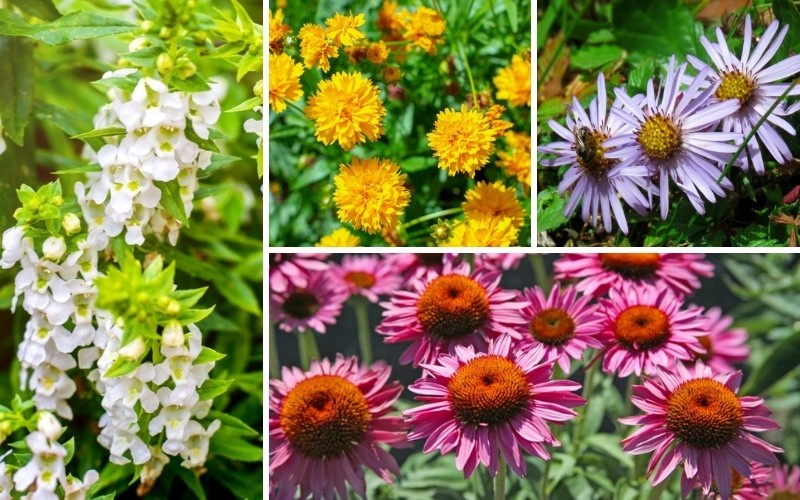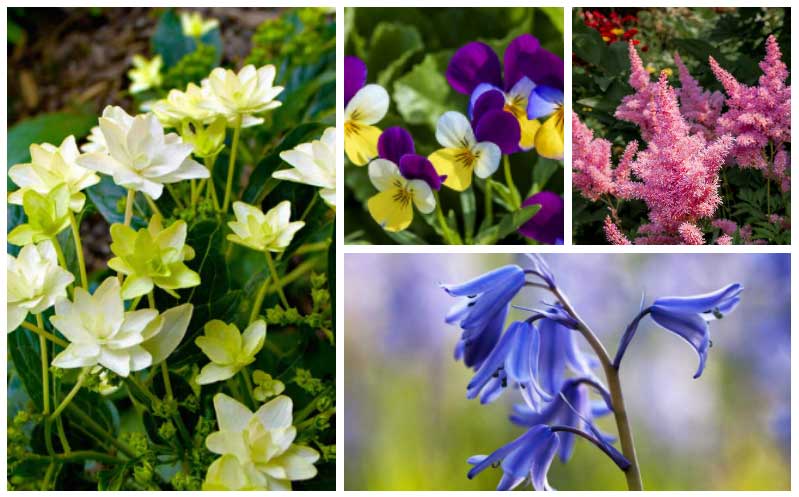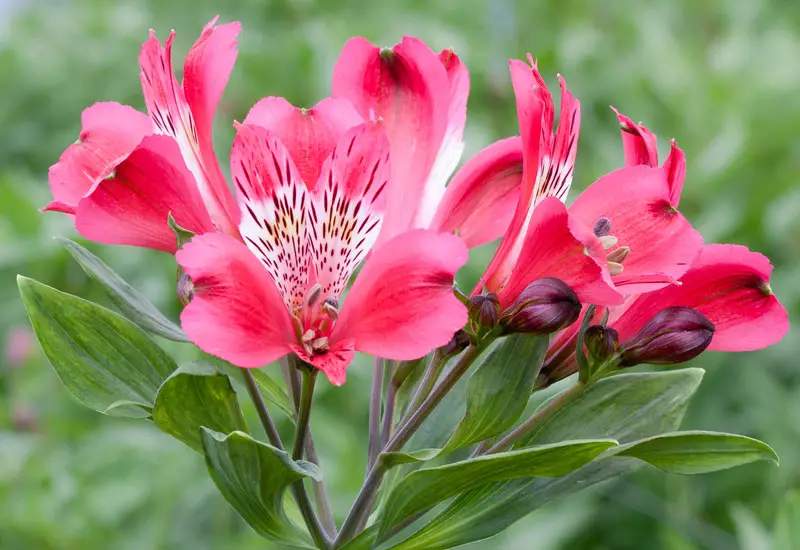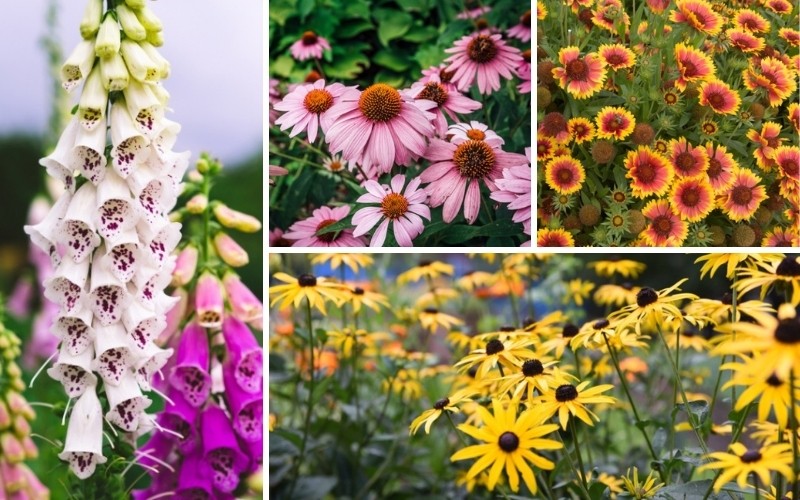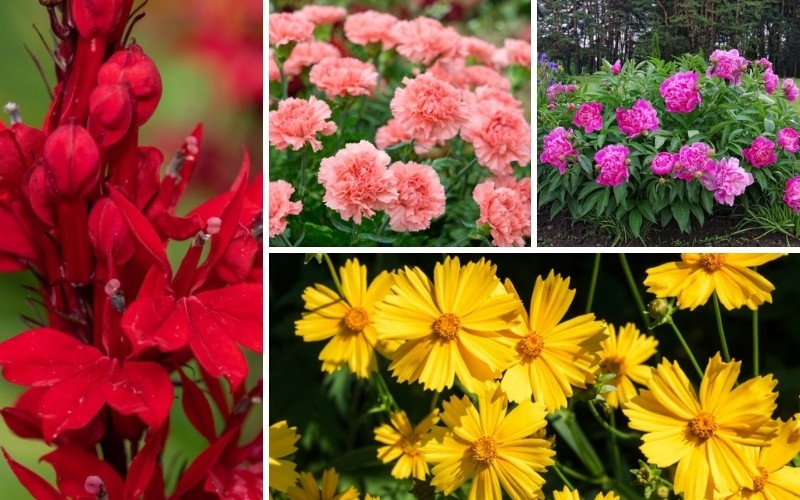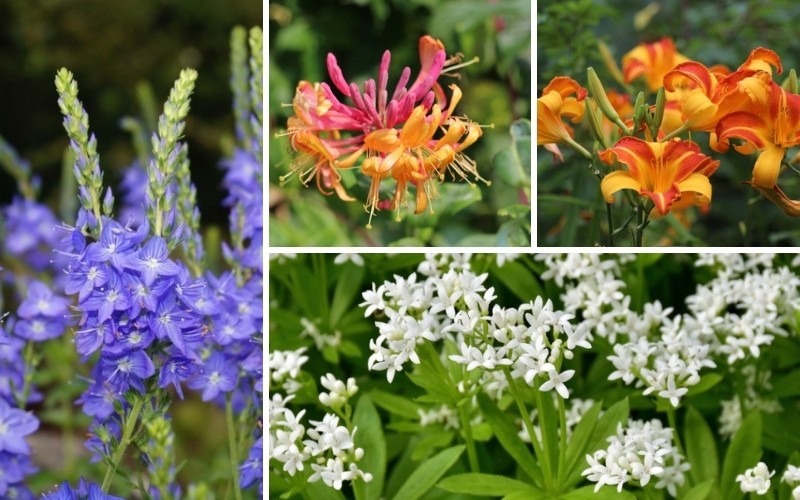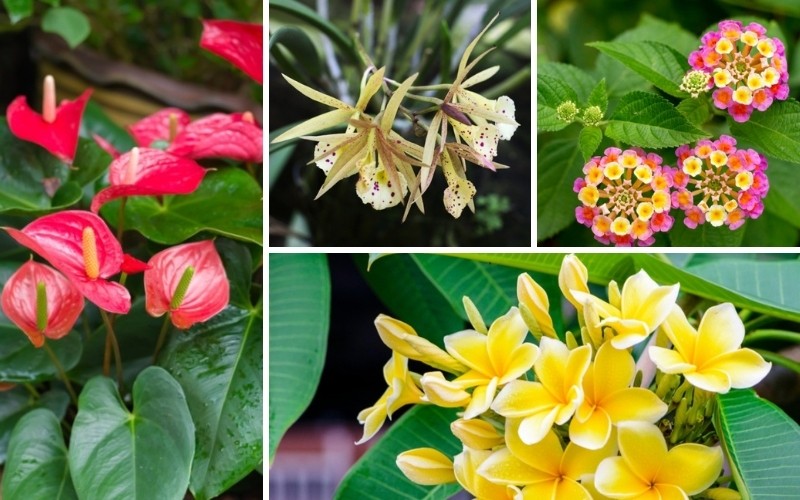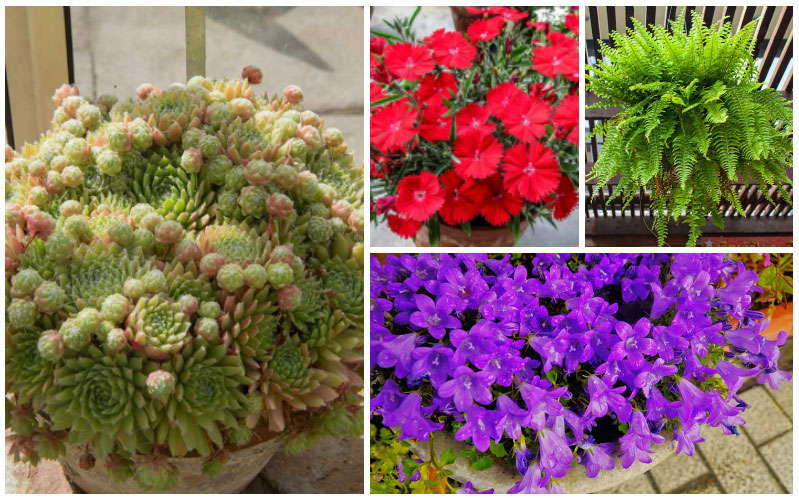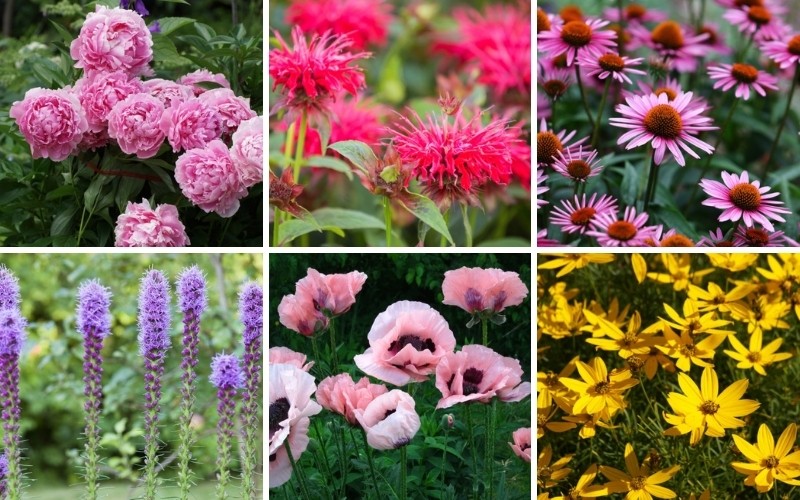
The state of New Hampshire encompasses USDA plant hardiness zones 3b to 6a covering a wide range of winter temperatures. What can be grown successfully in zone 6a may not survive the winter in zone 3b. Knowing your specific planting zone is the key to choosing perennials that will thrive in your perennial bed. Many of the following perennials can be grown successfully in all areas of New Hampshire, but check the hardiness zones carefully to be sure.
False Indigo (Baptisia australis)
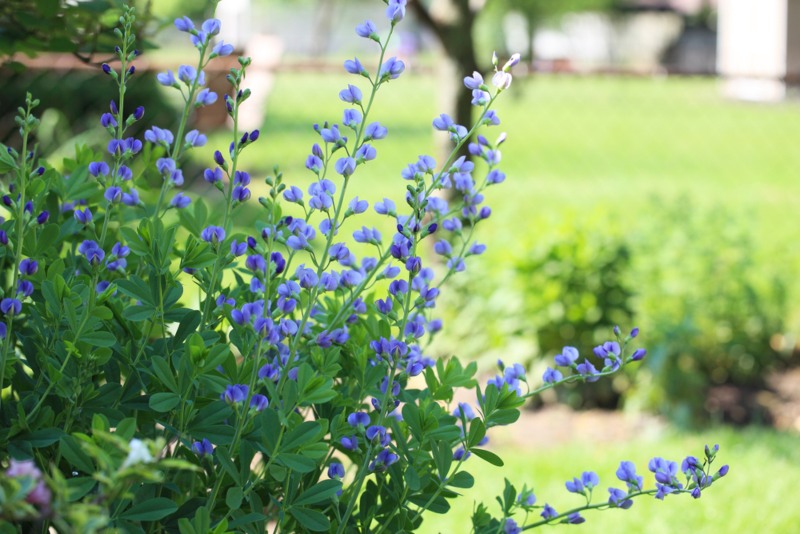
False indigo can be grown throughout the state of New Hampshire as it is hardy to USDA plant hardiness zones 3 through 9. This plant produces a mounding clump of green foliage with a tall spire of flowers held above the top. Individual indigo colored flowers resembling a pea blossom line the spire adding a splash of color to the flower bed in late spring. Blooms attract bees, butterflies and hummingbirds and last for approximately 4 to 6 weeks. It grows to heights of 3 to 4 feet.
Mountain Cornflower (Centaurea montana)
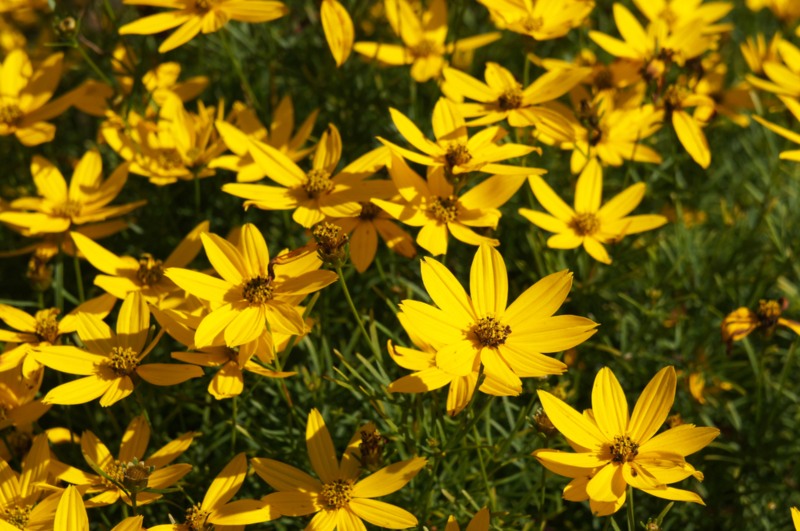
Like the annual bachelor’s button this pretty flower produces frilly 2-inch daisy-like blooms in deep blue with a thistle-like center. It blooms in late spring and sometimes blooms again in mid-summer. It will rebloom readily if it is cut back after blooming. It grows to heights of 2 feet and thrives in either full sun or partial shade. It is hardy in USDA plant hardiness zones 3 through 8.
Threadleaf Coreopsis (Coreopsis verticillata ‘moonbeam’)
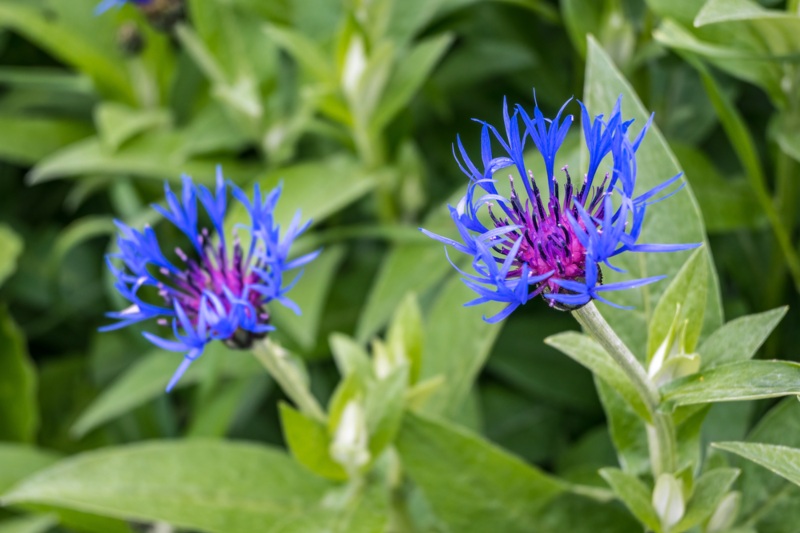
These adorable little flowers bring the landscape to life for several weeks in the summer. Tiny 1-inch yellow blooms cover airy green foliage creating a mound of magical color. It grows to heights of 1 to 2 feet and prefers full to partial sun. It will grow in nearly any soil and is hardy in USDA plant hardiness zones 4 through 9.
Blazing Star (Liatris spicata)
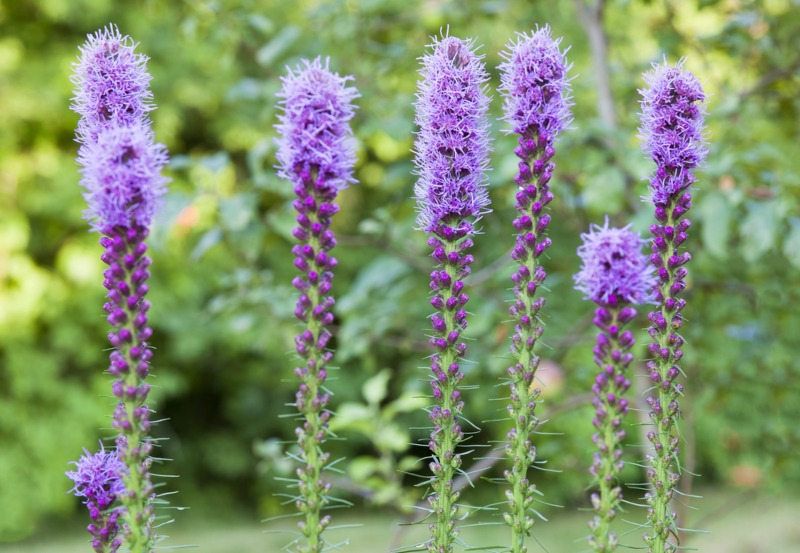
Blazing stars create quite a sensation in the perennial bed with their tall spires of fluffy looking flowers in rose, purple or white. These perennials bloom in midsummer and last for a month or more. They attract bees and butterflies and grow to a height of 2 to 4 feet. Blazing stars are hardy in USDA plant hardiness zones 3 through 9.
Russian Sage (Perovskia atriplicifolia)
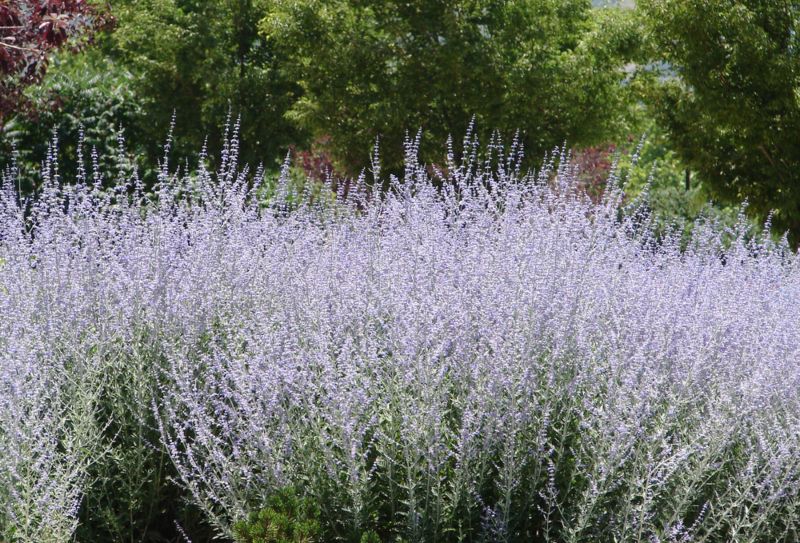
Although Russian Sage cannot be grown in zone 3, most varieties are hardy in USDA plant hardiness zones 4 through 9. This perennial resembles lavender as both the foliage and blooms are similar. However, Russian Sage produces arching stems from the main cluster. It begins blooming in early summer and continues into the fall. It grows to 3 to 4 feet in height and prefers full sun.
Yarrow (Achilla)
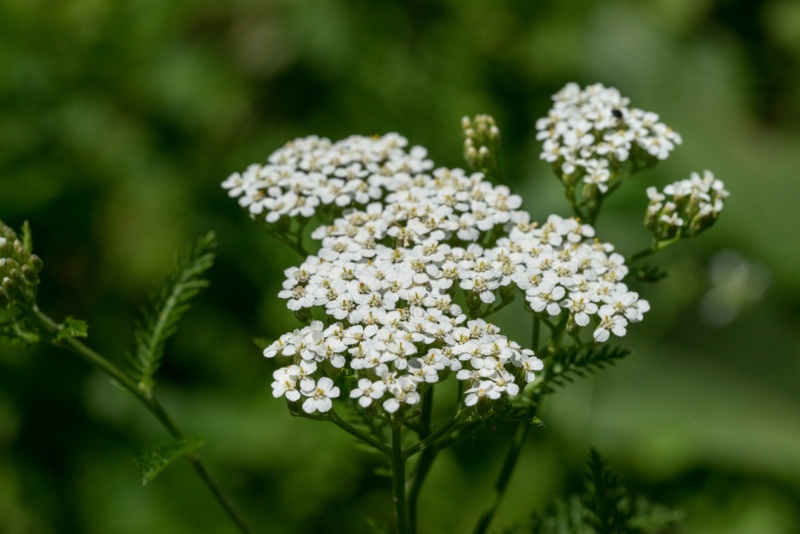
Yarrow blooms for weeks in midsummer bring the garden bed alive with an assortment of colors. The flat flower heads are made up of hundreds of tiny blooms. Colors range from white and yellow to rose and pink. This fragrant plant features feathery foliage and can be dried to use in dried flower bouquets. It grows to heights of 1 to 2 feet and prefers average, moist soil. It thrives in full sun and is hardy in USDA plant hardiness zones 3 through 9.
Coneflowers (Echinacea spp.)
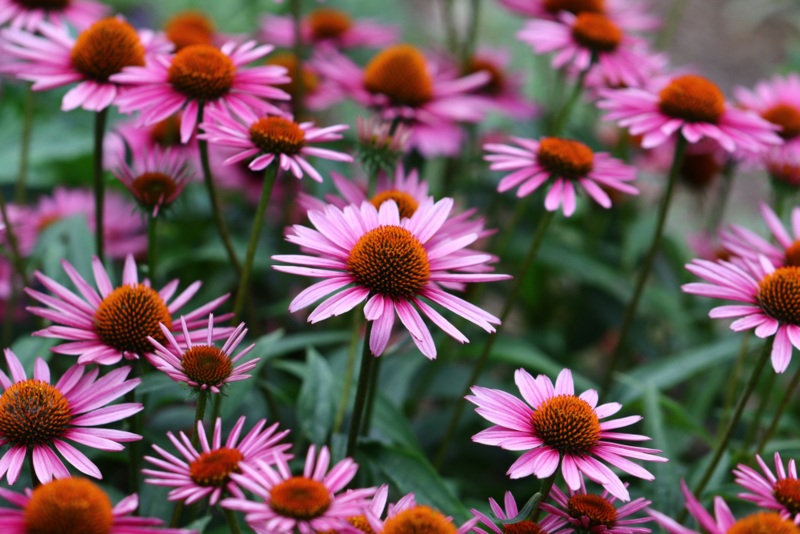
You can’t go wrong when you add coneflowers to the perennial bed. These delightful daisy-like blooms come in an assortment of colors from the traditional purple coneflower to lovely shades of white, yellow and pink. Coneflowers attract bees and butterflies to the garden. Coneflowers grow well in average soil that drains well and prefer full sun. They are hardy in USDA plant hardiness zones 3 through 10.
Daylilies (Hemerocallis)
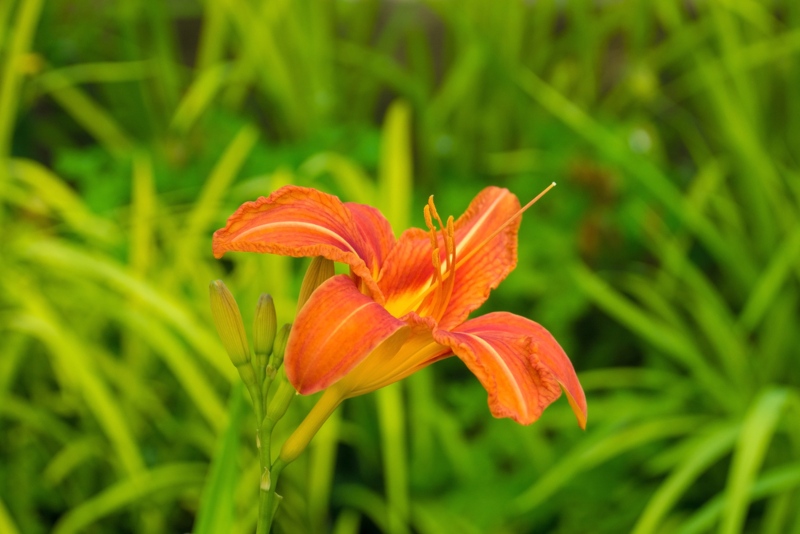
Daylilies produce showy trumpet-shaped blooms that range in color from yellow and orange to beautiful shades or red, rose and lavender. In fact, the only color that you won’t find in daylilies is pure white or pure blue. These delightful flowers only last a day before they shrivel, but the plants produce so many buds and blooms no one has to know. They create a riot of color for weeks during the summer. They prefer full or partial sun and are hardy in USDA plant hardiness zones 3 through 9.
Siberian Iris (Iris sibirica)
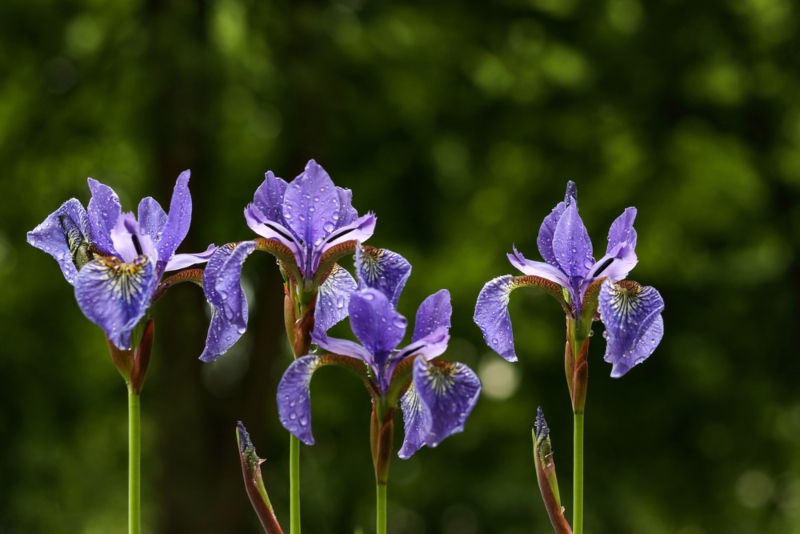
Siberian Iris blooms in late spring or early summer creating a bold statement in the flower bed. They range in color from the traditional blue or purple to an array of colors including red-violet and yellow. These easy-to-grow flowers look best when grouped together as it appears the blooms are rising from the grass. The grass-like blades remain fresh and green all summer adding texture to the flower bed long after the flowers have faded. They prefer full to partial sun in average well-drained soil and are hardy in USDA plant hardiness zones 3 through 8
Bee Balm (Monarda)

Bee balm is a lively plant that practically sizzles in the flower bed. This flower attracts bees, butterflies and hummingbirds with blooms in shades of red, lilac and purple. It blooms for approximately 4 weeks in mid to late summer. It prefers full to partial sun in a location with average, well-drained soil. It is hardy in USDA plant hardiness zones 3 through 9.
Peonies (Paeonia)
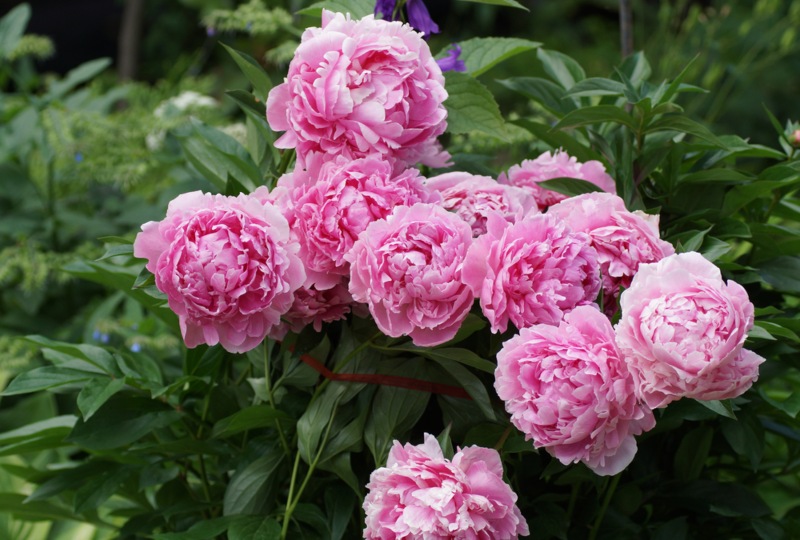
No flower bed is complete without gorgeous peonies to bring it alive in late spring. These massive flowers sport a wide range of colors from pure white and pastel pinks to brilliant shades of red, wine and rose with many bicolors available, too. Peonies can be either single or double petaled and some have a contrasting yellow eye. They attract bees and butterflies and bloom for several weeks in the spring. Peonies do require staking to support the heavy blooms. They prefer full sun and average soil and are hardy in USDA plant hardiness zones 3 through 9.
Oriental Poppy (Papaver orientale)
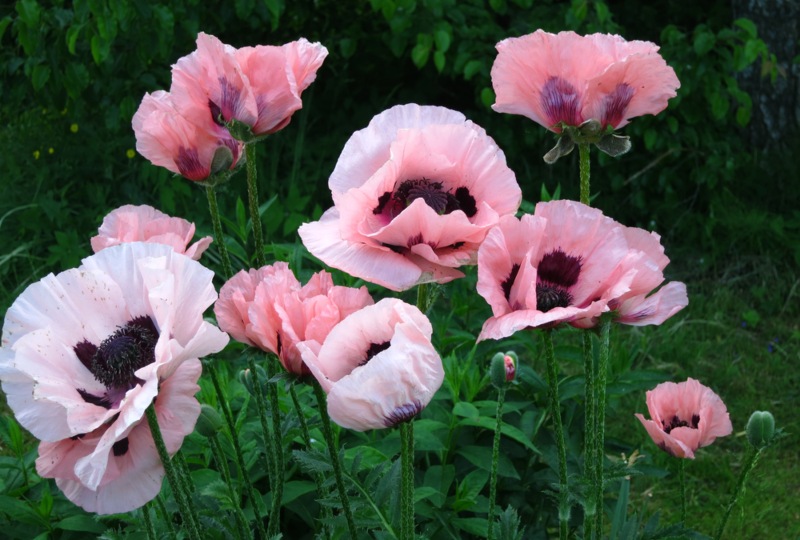
Oriental poppies add both movement and color to the flower bed as the sway in the breeze in early spring and summer. Flowers range in color from red and orange to pink and white and leave behind an attractive seed pod often used in dried arrangements. They prefer full sun and average soil and are hardy in USDA plant hardiness zones 3 through 8.
Understanding your plant hardiness zone is vital to choosing perennials for your flower bed. Always check the plant identification label to determine if the plant hardiness zone matches your zone. Differences can occur between cultivars of the same species. Likewise, it is wise to check the lighting and growing recommendations of any plants you purchase for your perennial bed.





